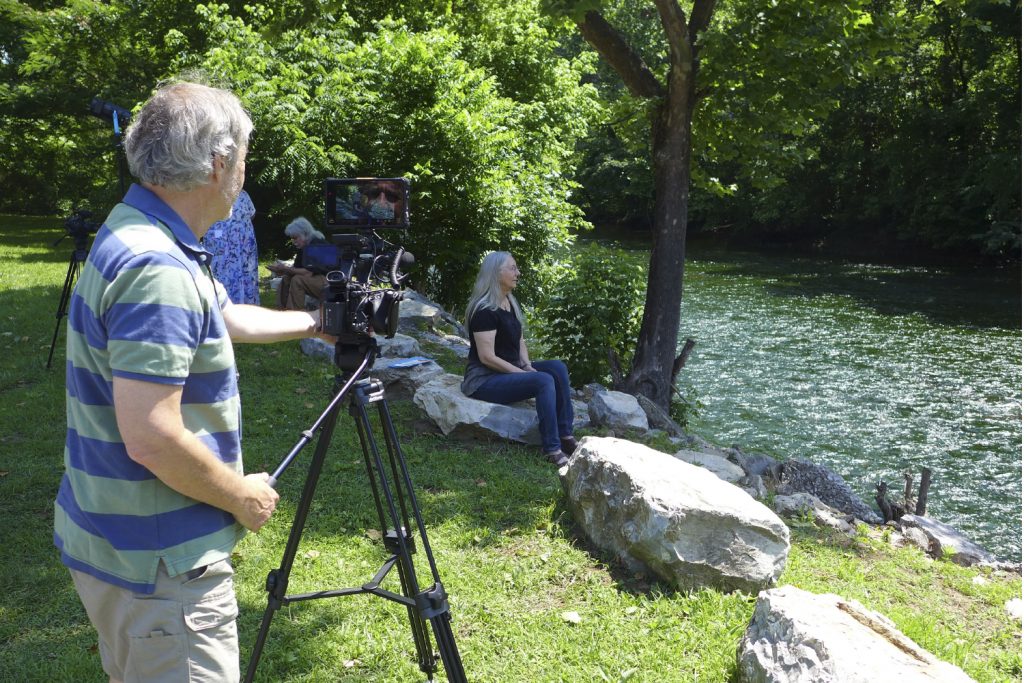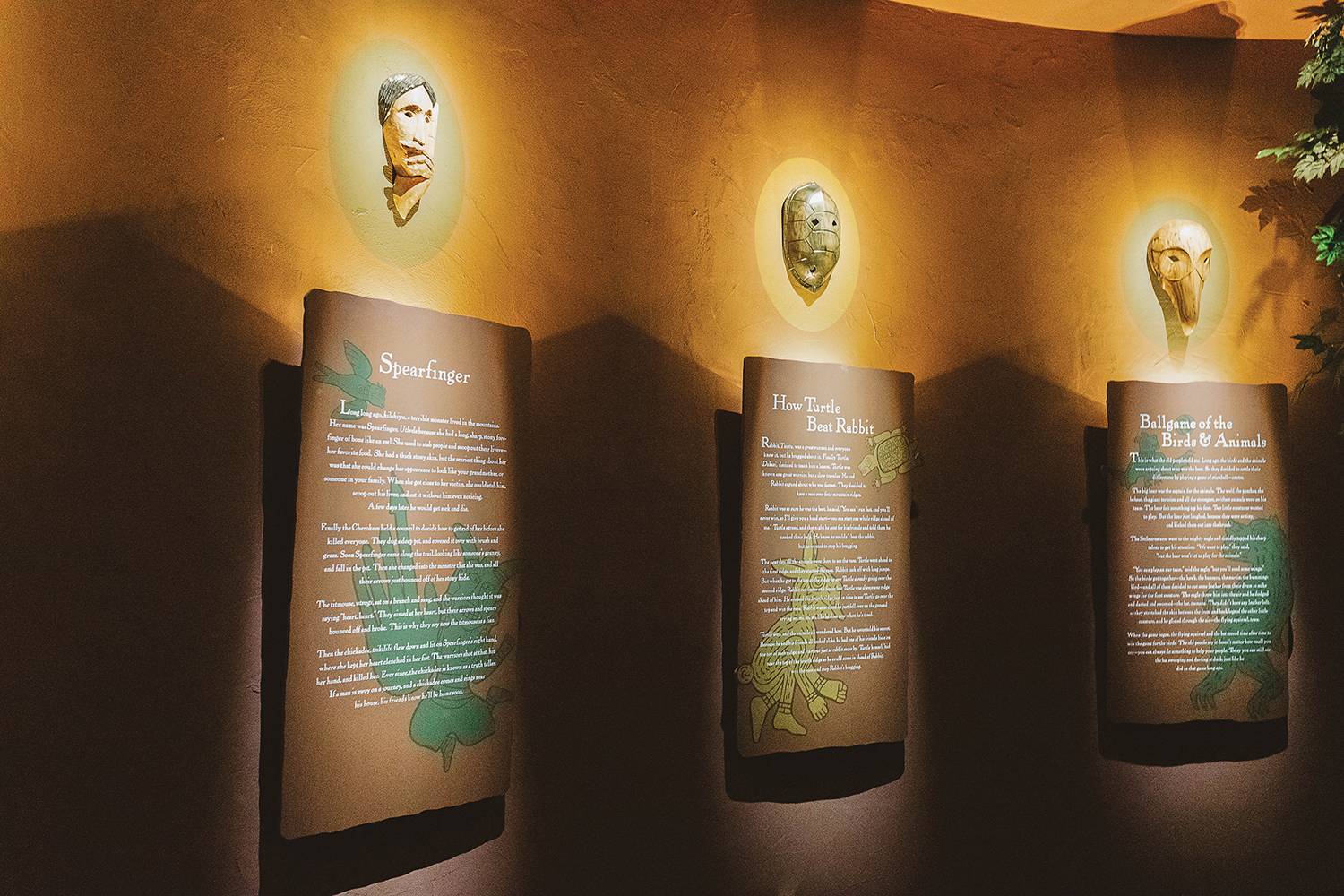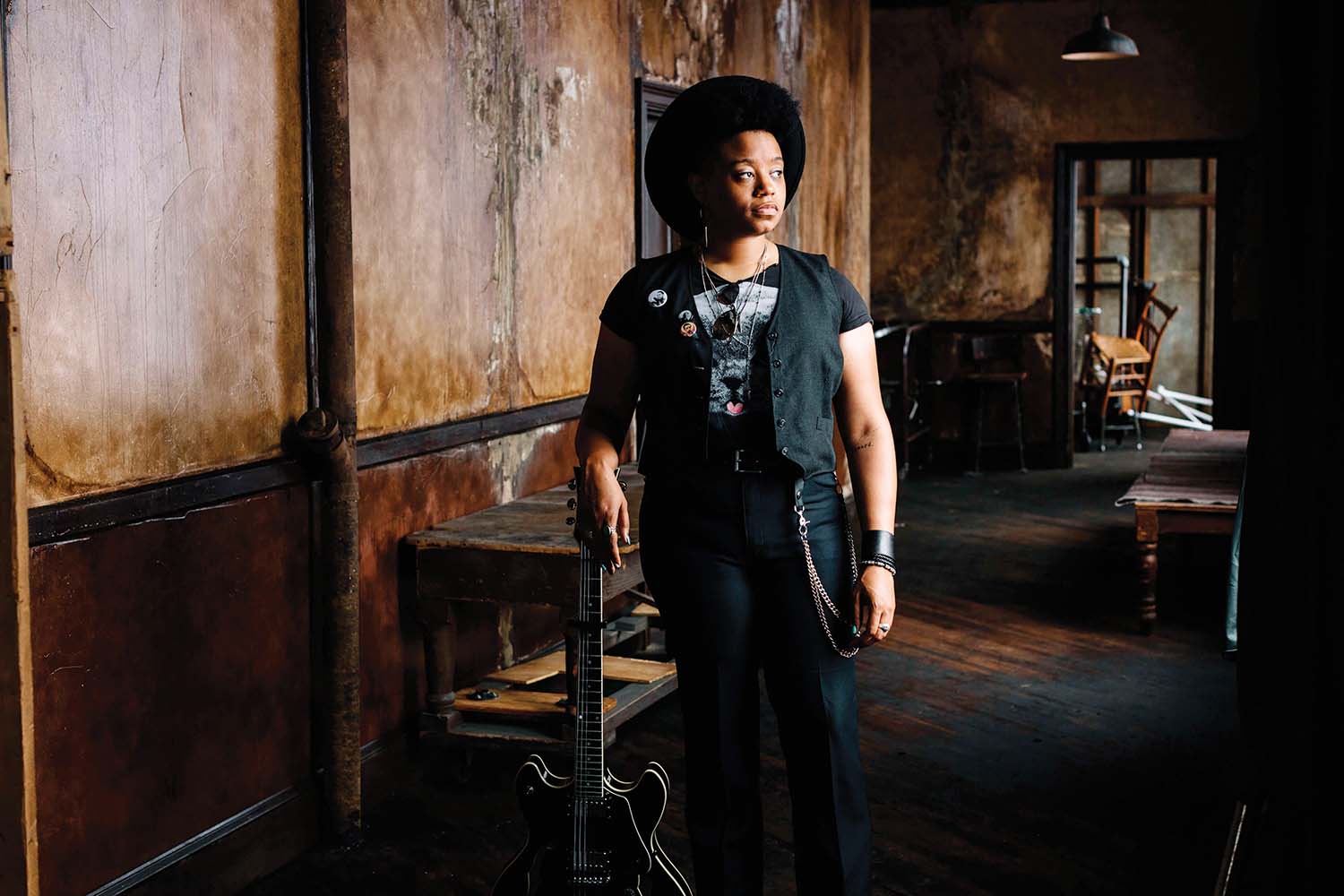
Dan Pierce, author of a book tying moonshine’s illegal roots to the rise of NASCAR, is pictured here at an on-the-books distillery.
Any newly transplanted or aspiring North Carolina resident should know the fascinating historical link between moonshine and NASCAR — how amateur stock-car racers ignited a sport by riling up the revenuers … then revving away from them. Being able to buy a quart of legal artisan ’shine at your favorite store or a moonshine cocktail at a trendy theme bar may be a win for the beverage and tourism industry, but Southern historians and mountain-culture purists would have you know about corn liquor’s fascinating background in shaping various aspects of local terrain.
Today, corn liquor is legal — witness craft versions such as local Troy & Sons, whose Asheville Distillery has been covered in such national glossies as Garden & Gun — down to questionable potions branded with vaguely regional labels, available even at convenience stores.
But the atmospheric reality of the deadly-secret still buried on the “back 40” isn’t far in the past, and interest in the old days and old ways of moonshine culture is hotter than ever. More than 1,000 vintage images showing revenuer-dodging early car races appear on Pinterest, and the cultish popularity of documentaries such as Popcorn Sutton: The Last Moonshiner (the late Sutton was from Maggie Valley) proves how how close we still are — pardon the pun — to the outlaw phenomenon.
On September 22, The Center for Cultural Preservation, in partnership with Blue Ridge Community College, will launch the third season of its “Keeping the Fires Burning — Heroes of Mountain Culture” series with a multimedia program, “Fast Cars and White Lightning — Moonshining and NASCAR.” UNCA history professor Dan Pierce, author of the recently book Real NASCAR: White Lightning, Red Clay, and Big Bill France, will appear for a book signing.
“Moonshine has a cachet today that it didn’t have way back when,” notes Center for Cultural Preservation founder David Weintraub. “In other times, moonshine was a cost-effective way of bringing a load of corn across the mountain, and an important way that many mountaineers paid their taxes. But what I find most interesting, besides drinking it, is that the culture that produced moonshine found a way of using everything on the land to work for them, to pay the bills, to feed the kids and to keep their connection to the community, which was the most valuable thing of all.
“This program shows how one of the derivative benefits of driving fast cars to deliver liquor became the foundation for modern racing. And through it all, the traditions of our mountains have created legacies in so many fields of endeavor.”
7pm in BRCC’s Bo Thomas Auditorium. $5. For more information, see saveculture.org. 828-692-8062.



